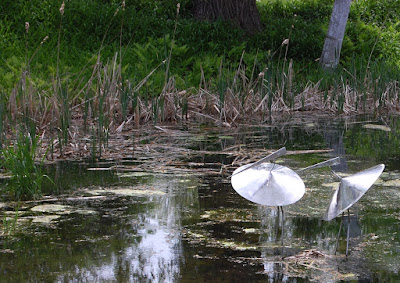Join us for the Shelburne Museum Classic Auto Festival, June 3rd through the 5th, presented in collaboration with the Vermont Auto Enthusiasts. The festival
features custom-bodied cars, antique autos, trucks, motorcycles,
military vehicles and tractors.
The theme for the 2016 Auto Festival is automotive design. Automotive design in this context comprises both the visual appearance and aesthetics of the vehicle as well as the creation of the product concept. During the auto show, be on the lookout for information available throughout the grounds on specific designers and aesthetic trends within various eras.
In the spirit of automotive design, it seems appropriate in this blog post, to reflect on Museum founder, Electra Havemeyer Webb’s various automobiles.
Electra in the Covered Bridge with her 1937 Ford
The 1937 Ford was known for its unique style, technical improvements, and status as the most affordable car of the pre-war Ford V-8s. For the first time the sedan bodies were all steel, eliminating the fabric roof panel. 756,933 1937 Fords were produced.

Electra in Front of the Horseshoe Barn with the 1952 Plymouth
Two versions of the Plymouth were built, the smaller of the two was called the Deluxe (1949–1950), and the Concord (1951–1952). Several major changes evolved with the 1952 Plymouth, including a round hood medallion, front fender name plates in script rather than block lettering, and a Plymouth nameplate moved down with letters becoming part of the license ornament. Australia also produced the Plymouth, marketing it under the name Cranbrook.
Snowy Brick House Driveway with the 1955 Chevy
The 1955 Chevy featured a longer, boxier, and lower body style that featured a wraparound windshield. The ’55 Chevy also introduced the 265 cubic inch V-8 engine, with 162 horsepower using standard transmission. Over 1.7 million were produced, and accounted for nearly 23% of all 1955 car sales.
1965 Chevy Impala next to the old Museum Entrance
The Chevy Impala set the all-time industry annual sales record of more than 1 million units in the US (2.4 million cars sold in 1965).The car presented an “X-Frame” allowing for better support of the larger frame, while the body of the car featured curved and frame-less side glass, a sharper angled windshield, redesigned vent glass and full-coil suspension.






















